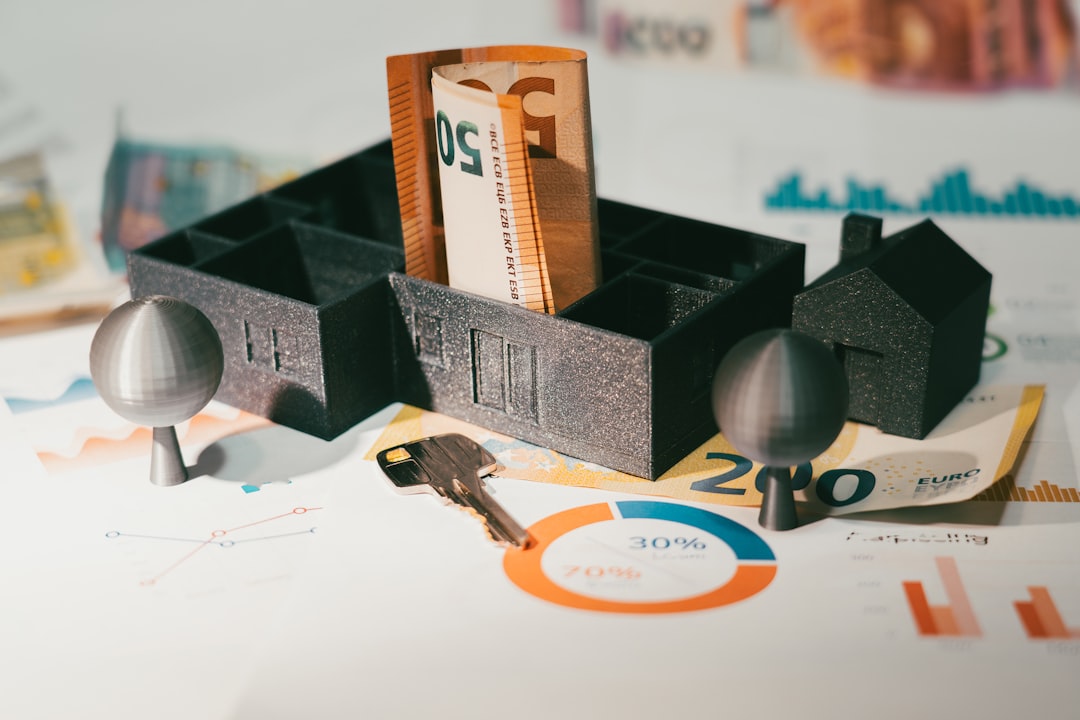Credit card debt consolidation simplifies managing multiple high-interest payments by combining them into a single loan with better terms, saving money in the long term and avoiding further debt. Before consolidating, assess your financial situation and create a strategic plan based on cash flow, expenses, and potential rate negotiations. Research options like loans or refinancing, focusing on reduced interest rates and fees to minimize costs. Prioritize paying off high-interest debts first for long-term savings and quicker repayment.
Struggling with multiple credit card payments? Credit card debt consolidation could be your path to financial freedom. This comprehensive guide provides essential tips and strategies for navigating this process effectively. From understanding the basics of credit card debt consolidation to exploring various loan options, you’ll learn how to assess your current financial situation and make informed decisions. Discover powerful techniques to lower monthly payments, speed up debt elimination, and regain control over your finances.
- Understanding Credit Card Debt Consolidation: Unraveling the Basics
- Assessing Your Current Financial Situation for Effective Consolidation
- Exploring Consolidation Options: Loans, Refinancing, and More
- Strategies to Lower Monthly Payments and Speed Up Debt Elimination
Understanding Credit Card Debt Consolidation: Unraveling the Basics

Credit card debt consolidation is a strategic financial move designed to simplify and reduce the burden of multiple credit card payments. By combining several high-interest credit cards into a single loan with a potentially lower interest rate, individuals can streamline their monthly outgoings and save money in the long term. This process offers more than just convenience; it empowers holders to gain control over their finances by paying off debts faster and avoiding the potential pitfalls of accumulating further debt.
The primary benefit lies in consolidating high-interest credit cards, which often have variable rates, into a fixed-rate loan with better terms. This strategy allows cardholders to focus on repaying the principal amount more efficiently, thereby reducing the overall cost of borrowing. Additionally, many consolidation loans offer flexible repayment plans, making it easier for individuals to manage their finances without the constant pressure of multiple due dates.
Assessing Your Current Financial Situation for Effective Consolidation

Before diving into credit card debt consolidation, it’s crucial to assess your current financial situation. This involves a thorough review of your income, expenses, and existing debt obligations. Start by listing all your active credit cards, including the balances, interest rates, and minimum payment amounts. Cross-reference this with your monthly cash flow to identify areas where you can cut back on spending or negotiate lower rates. Understanding your financial landscape is key to developing a strategic consolidation plan that aligns with your ability to repay.
During this evaluation, consider factoring in additional expenses like insurance, utilities, and discretionary spending. This holistic approach ensures that any consolidation strategy is realistic and sustainable, helping you manage your debt effectively over the long term. Remember, effective credit card debt consolidation hinges on making informed decisions based on a clear understanding of your financial position.
Exploring Consolidation Options: Loans, Refinancing, and More

When it comes to credit card debt consolidation, there are several options available that can help simplify your payments and reduce interest rates. One popular choice is obtaining a debt consolidation loan. These loans are designed to pay off multiple high-interest credit cards, streamlining your debt into one with a potentially lower rate. This strategy allows you to focus on repaying the loan rather than several cards, making it easier to manage your finances.
Refinancing is another approach worth considering. This involves taking out a new loan with better terms to pay off your existing credit card debt. Some banks or financial institutions may offer this as a way to lower monthly payments and interest costs. It’s essential to research and compare different consolidation methods, evaluating their potential benefits and drawbacks, before making a decision that aligns with your financial goals and overall strategy for managing credit card debt.
Strategies to Lower Monthly Payments and Speed Up Debt Elimination

When considering credit card debt consolidation, one of the primary goals is to lower monthly payments and speed up the process of eliminating your debt. A strategic approach can help you achieve both. One effective method is to negotiate with your creditors for lower interest rates or fees. This simple step can significantly reduce the overall cost of your debt and make it easier to pay off. Additionally, consolidating your credit card debt into a single loan with a lower interest rate can simplify your payments and free up extra cash each month.
Another powerful strategy involves prioritizing paying off debts with the highest interest rates first. By focusing on these high-interest debts, you minimize the compounding interest that adds to your overall cost. Creating a repayment plan that targets these specific debts aggressively can lead to substantial savings in the long run and help you pay off your credit card debt more quickly.
Credit card debt consolidation is a powerful tool for managing high-interest debt. By understanding your financial situation, exploring various consolidation options like loans or refinancing, and implementing strategies to lower monthly payments, you can take control of your finances and work towards debt elimination faster. Remember, each situation is unique, so assess your options carefully and choose the best approach for your needs.
